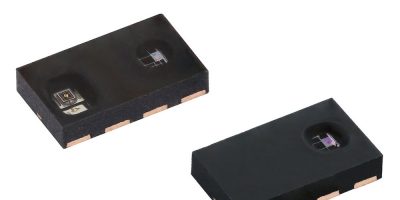IEEE 1588 system integration can be simplified using modules developed by Silicon Labs. The modules combine Precise Time Protocol (PTP) hardware, software and configured with ClockBuilder Pro software.
IEEE 1588 in communications, smart grid, financial trading and industrial applications can be accelerated using Silicon Labs’ ClockBuilder Pro software, a tool to enable designers to accelerate development of IEEE 1588 system integration by combining PTP profile selection, PTP network configuration and physical layer clock/port configuration.
“Extending ClockBuilder Pro support to our IEEE 1588 modules helps customers accelerate time to market while eliminating the system design challenges associated with less integrated solutions,” said James Wilson, general manager of Timing Products at Silicon Labs.
The adoption of IEEE 1588 packet-based time synchronisation is proliferating beyond communication networks into emerging applications where system designers may have limited prior experience with timing and synchronisation, advises Silicon Labs. A key design challenge for engineers is optimising IEEE 1588 system-level performance, a function of board-level hardware/software design as well as network impairments, such as the packet delay variation caused by changing traffic loads.
Silicon Labs’ ClockBuilder Pro provides PTP profile selection, clock/port programming and simple control of Silicon Labs’ AccuTime IEEE 1588 software to configure operation for a variety of network conditions and topologies. Silicon Labs IEEE 1588 modules are standards-compliant with telecomms (G.8265.1, G.8275.1 and G.8275.2), power (IEEE C37.238-2011 and 2017), broadcast video (SMPTE 2059.2), and default profiles while meeting the stringent timing and synchronisation requirements outlined in ITU-T G.8261, G.8273.2 (T-BC, T-TSC), G.8273.4 (T-BC-P and T-TSC-P), G.8262, G.812, G.813 and Telcordia GR-1244-CORE / GR-253-CORE.
ClockBuilder Pro can be downloaded at the Silicon Labs website.
Silicon Labs provides silicon, software and solutions, and has a portfolio of technologies shaping the future of the IoT, internet infrastructure, industrial automation, consumer and automotive markets. Its engineering team creates products focused on performance, energy savings, connectivity and simplicity.






